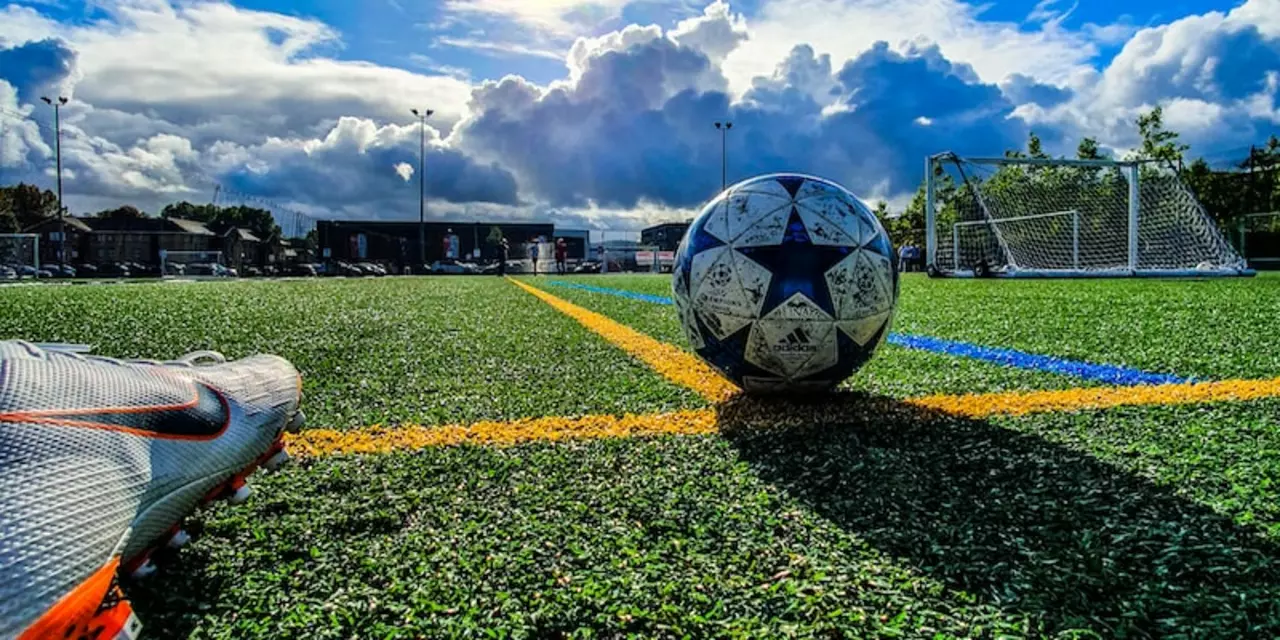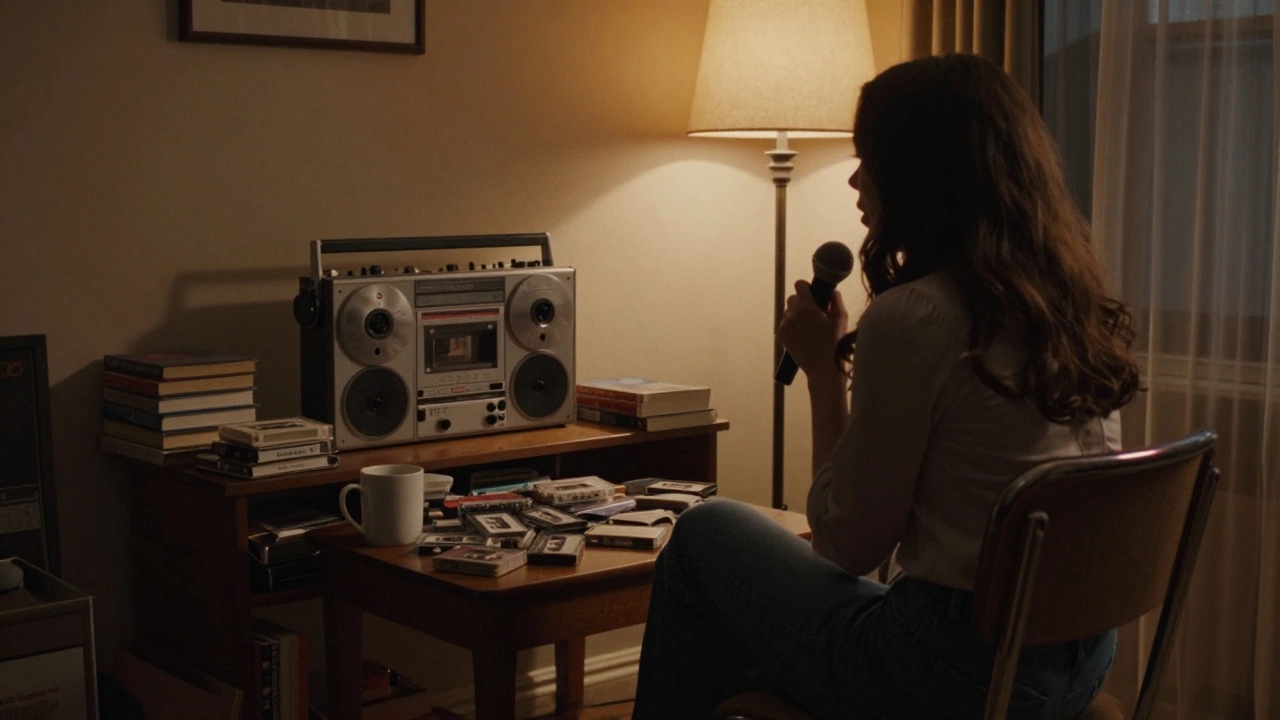The Different Sizes of Soccer Balls
Soccer is a beloved sport all over the world, with people of all ages and sizes playing. But did you know that there are actually different sizes of soccer balls designed to fit different players? In this article, we will explore the different sizes of soccer balls and why they are important for various types of players. From the smallest size for children up through professional-sized balls, we’ll take a look at what sets them apart and how to choose the right ball for you or your team. Read on to learn more about soccer ball sizing!
The Various Types of Soccer Balls
There are three different types of soccer balls: the standard ball, the training ball, and the futsal ball. The standard ball is the most common type of soccer ball used in competitive matches. It is made of synthetic leather and has 32 panels. The training ball is a slightly smaller version of the standard ball and is often used by professional players during practice sessions. It is also made of synthetic leather but has only 24 panels. The futsal ball is a smaller, hard-based ball that is commonly used on concrete surfaces or indoors.
There are four different types of soccer balls, each with its own size. The first type is the standard size 5 ball, which is the largest and most common size. The second type is the size 4 ball, which is slightly smaller and less common. The third type is the size 3 ball, which is even smaller and less common. Finally, there is the size 1 ball, which is the smallest and least common.
Each type of soccer ball has its own benefits and drawbacks. The standard size 5 ball is the easiest to control and offers the most power, making it ideal for players of all skill levels. However, its large size can make it difficult to handle for smaller players. The size 4 ball is a good compromise between power and control, making it a good choice for both beginners and experienced players. Its small size makes it easier to handle for smaller players but can be difficult to control for larger players.
The size 3 ball is the smallest and lightest type of soccer ball, making it easy to handle for even the smallest players. However, its small size also makes it more difficult to control than larger balls. Finally, the size 1 ball is the lightest and easiest to handle but offers very little power or control.
There are four main types of soccer balls, each with their own distinct size. The first type is the standard match ball, which is used in most professional and international matches. This ball is typically size 5, and has a weight between 410 and 450 grams. The second type is the training ball, which is smaller than the match ball and is typically size 4. Training balls are generally lighter than match balls, weighing between 280 and 320 grams. The third type of soccer ball is the futsal ball, which is even smaller than a training ball and is typically size 3. Futsal balls are usually around 210 to 230 grams in weight. Finally, there is the beach soccer ball, which as its name suggests, is used for playing soccer on the beach. Beach soccer balls are typically size 5 or 6, and can weigh anywhere from 410 to 500 grams.
The Pros and Cons of Soccer Balls
When it comes to choosing a soccer ball, there are many different factors that you have to take into account. Size is obviously one of the most important considerations, but you also have to think about the material, the construction, and even the pattern on the ball. All of these things can affect how the ball performs on the field.
To help you make a decision, we've put together a list of the pros and cons of different types of soccer balls. This should give you a good idea of which type of ball is right for your game.
Size:
-Soccer balls come in a variety of sizes. The most common size is the standard size 5, but there are also smaller sizes such as size 4 and size 3.
-The smaller sizes are generally used by younger players or those with smaller feet. They are also often used in indoor soccer because they are easier to control in tight spaces.
-Size 5 balls are the most popular size and are used by most players. They are also the official size for all professional and international competitions.
Material:
-Soccer balls can be made from a variety of materials, but leather is still the most popular choice. Leather balls offer good durability and a traditional feel that many players prefer. However, they can be more expensive than synthetic balls.
-Synthetic materials such as polyurethane or PVC are often used in lower-priced balls. These materials
There are many different sizes of soccer balls available on the market today, ranging from size 3 to size 5. Each size has its own set of pros and cons that must be considered before making a purchase.
Size 3 soccer balls are the smallest size available and are typically used by younger players or those with smaller feet. The main advantage of using a size 3 ball is that it is easier to control than a larger ball, making it ideal for learning the basic skills of the game. However, because they are smaller and lighter, they can be more difficult to power through the air and may not be suitable for use on all surfaces.
Size 4 soccer balls are slightly larger than size 3 balls and are typically used by players aged 8-12 or those with shoe sizes between 4-6. They offer a good balance between being easy to control and having enough weight to make long passes and shots. However, they can be more difficult to keep up with on faster paced games and may not be ideal for use on hard surfaces.
Size 5 soccer balls are the largest size available and are typically used by players aged 13 or older or those with shoe sizes 7 or above. They are heavier and harder to control than smaller balls, but their extra weight makes them ideal for powerful shots and passes. They can also be used on all types of surfaces without difficulty.
How to Choose the Right Size Soccer Ball
There are many different sizes of soccer balls available on the market today. The most important factor in choosing the right size ball for your child is their age. Here is a breakdown of the most common sizes:
Size 3: This size ball is designed for ages 4 and 5. The ball is smaller and lighter, making it easier for young children to control.
Size 4: This size ball is designed for ages 6 to 8. The ball is slightly larger and heavier than a size 3, making it more challenging for young players to control.
Size 5: This is the standard size ball used in most adult leagues. It is also the size used in high school and college soccer leagues. The ball is larger and heavier than a size 4, making it more difficult to control but providing more power when kicked.
How many different sizes of soccer balls are there?
Size 3 soccer balls are recommended for ages 8 and under, size 4 for ages 9-12, size 5 for ages 13 and up. But those are just guidelines - the right size ball depends on your child's age, height, and skills.
If you're buying a ball for your child to play with at home, any size 3, 4, or 5 will do. If you're buying a ball for match play, it's important to get the right size.
Size 3 soccer balls are 23-24 inches in circumference and weigh 10-11 ounces. They're best for children between the ages of 8 and 12 who are just learning the game.
Size 4 soccer balls are 25-26 inches in circumference and weigh 11-12 ounces. They're best for children between the ages of 9 and 13 who have mastered the basics and are ready to start playing competitively.
Size 5 soccer balls are 27-28 inches in circumference and weigh 12-13 ounces. They're best for teenagers and adults who have grown accustomed to the larger size and weight of the ball.
Conclusion
Soccer balls come in a variety of sizes, from the standard size 5 ball used for competition to smaller and larger sizes that are good for specific age groups and applications. Whatever your needs may be, it is important to choose the right size soccer ball so that you can get the most out of your game. With different sizes available and a range of materials used in their construction, understanding how each type of soccer ball is made can help you make an informed decision when buying one.



